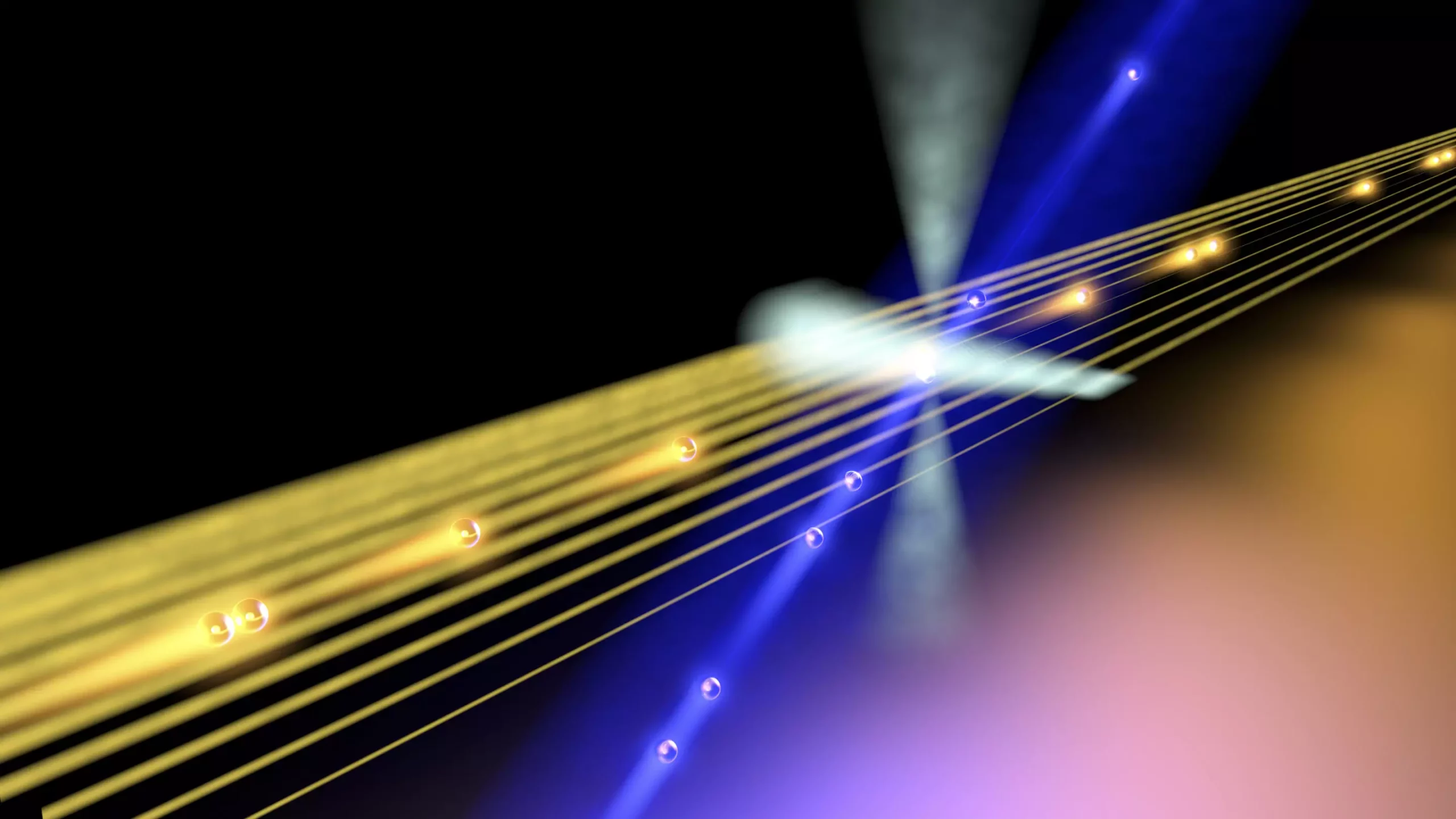An international team of researchers from Leibniz University Hannover and the University of Strathclyde in Glasgow has made a groundbreaking discovery that challenges a previously held assumption about the impact of multiphoton components in interference effects of thermal fields and parametric single photons. Their research, published in the prestigious journal Physical Review Letters, demonstrates that the background field cannot be simply neglected in calculations, as had been assumed until now.
Led by Professor Dr. Michael Kues, Head of the Institute of Photonics at Leibniz University Hannover, and Ph.D. student Anahita Khodadad Kashi, the team set out to investigate the visibility of the Hong-Ou-Mandel effect, a quantum interference phenomenon, and its susceptibility to multiphoton contamination. Contrary to previous assumptions, their experiment revealed that multiphoton components do not solely impair visibility but also lead to quantum interference with the background field.
A New Fundamental Characteristic
The team’s experimental findings disproved the previously valid assumption that multiphoton components can be safely subtracted in calculations. They discovered a previously unconsidered fundamental characteristic that significantly impacts quantum interference. To account for this newly uncovered effect, the researchers developed a new model capable of accurately predicting and measuring quantum interference. The innovation of this model represents a significant advancement in the field of photonics.
Challenging Expectations
When the team initially followed the traditional calculation method, they obtained a physically impossible result. Faced with this unexpected outcome, they began questioning previous assumptions and exploring alternative explanations. Their tireless efforts led to the development of a new theory that successfully explains the quantum interference of thermal fields with parametric single photons.
Cross-Validation and Global Recognition
To validate their theory, the researchers collaborated with quantum researcher Lucia Caspani from the University of Strathclyde in Glasgow. In addition, Anahita Khodadad Kashi presented her theory and experimental results at prestigious international conferences, including Photonics West in San Francisco. There, she engaged in fruitful discussions with fellow scientists and received confirmation of her groundbreaking results. This cross-validation and global recognition solidify the significance of the team’s research.
Implications for Quantum Key Distribution
The team’s findings have profound implications for practical applications, particularly in the field of quantum key distribution. Quantum key distribution plays a crucial role in ensuring secure communication in the future. Understanding how quantum interference effects are interpreted for the generation of secret keys is pivotal for the advancement of this technology. The newly discovered quantum interference characteristics could have a direct impact on the development of secure communications systems.
While the researchers have made important strides in unraveling the complexities of quantum interference, many questions remain unanswered. The current study opens up new avenues for further exploration and invites scientists to continue building upon these groundbreaking findings. By constantly questioning assumptions and challenging established theories, researchers will contribute to a deeper understanding of quantum phenomena and drive the development of innovative technologies in the future.


Leave a Reply